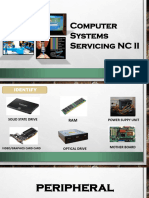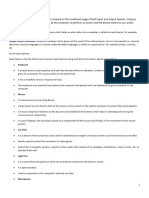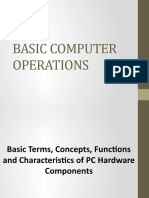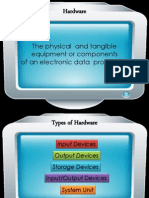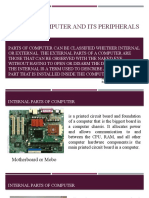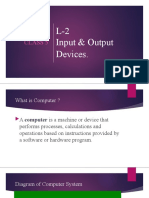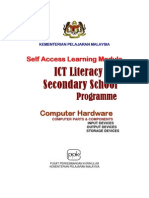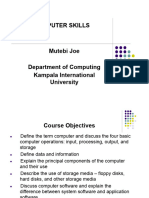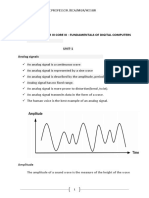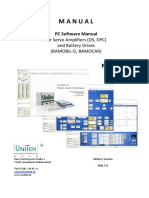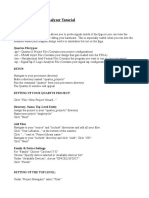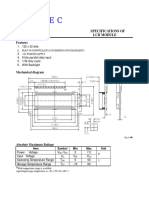0% found this document useful (0 votes)
43 views43 pagesLecture 04 - Input Output Storage Devices
The document provides an overview of input, output, and storage devices in computing, detailing their functions and types. It covers input devices such as keyboards, mice, and scanners, output devices like monitors and printers, and storage devices including primary and secondary storage. The document also discusses the technologies behind these devices and their applications in various fields.
Uploaded by
Sanjana DewminiCopyright
© © All Rights Reserved
We take content rights seriously. If you suspect this is your content, claim it here.
Available Formats
Download as PDF, TXT or read online on Scribd
0% found this document useful (0 votes)
43 views43 pagesLecture 04 - Input Output Storage Devices
The document provides an overview of input, output, and storage devices in computing, detailing their functions and types. It covers input devices such as keyboards, mice, and scanners, output devices like monitors and printers, and storage devices including primary and secondary storage. The document also discusses the technologies behind these devices and their applications in various fields.
Uploaded by
Sanjana DewminiCopyright
© © All Rights Reserved
We take content rights seriously. If you suspect this is your content, claim it here.
Available Formats
Download as PDF, TXT or read online on Scribd
/ 43
